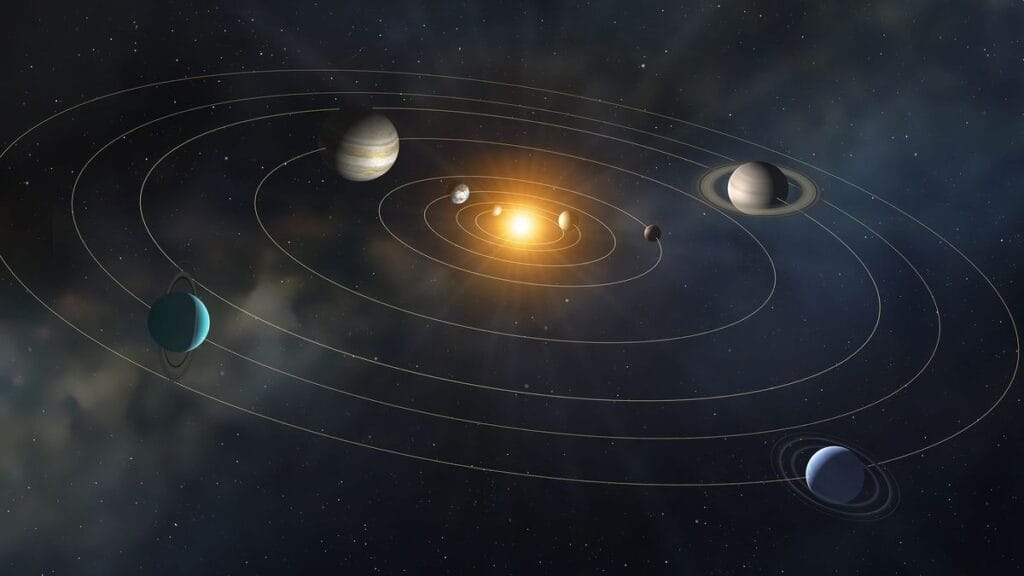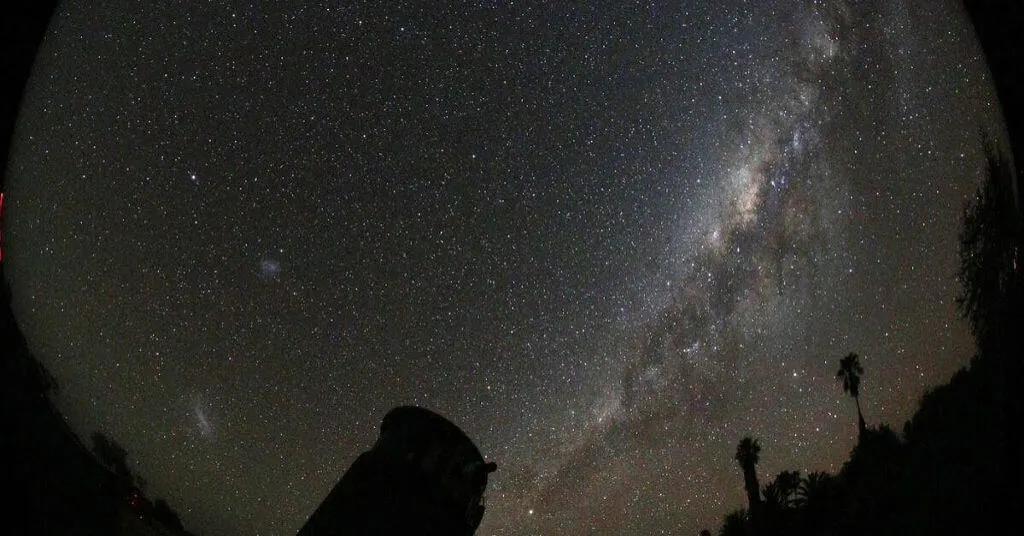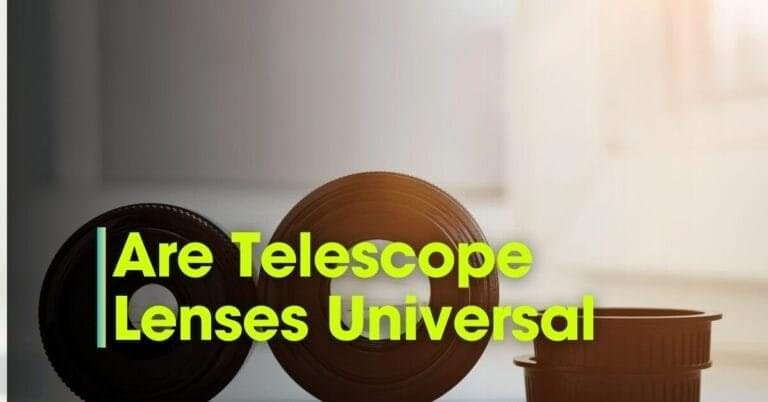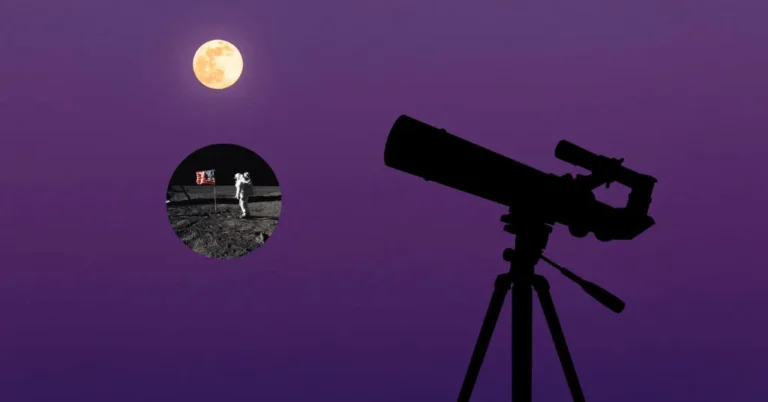Can Telescopes See Through Light Pollution – Let’s Find out
Unfortunately, the night sky, a vast canvas of celestial curiosity, has fallen prey to the urban glow of artificial light. For the modern stargazer, light pollution hangs over us like a shroud, dimming the stars and hiding the universe’s grandeur. But all is not lost. This post is a beacon for those who refuse to be blinded by the city lights, exploring how telescopes can unveil the cosmos even amidst the glow of urbanization.
What is Light Pollution, and How Does it Affect Telescopes?
Unveiling the Culprits of the Celestial Curtain
Before we tackle telescopic remedies, it’s vital to understand the adversary. Light pollution is artificial light’s excessive and intrusive presence in the night sky. It floods into the atmosphere, scattering against airborne particles and creating a luminous fog that masks the stars and galaxies beyond. The primary instigators of this interstellar interference are streetlights, floodlights, and the myriad bulbs that populate our buildings. But knowledge is power; as we’ll see, it won’t deter the astute skywatcher.
The Thin Line Between Dazzle and Darkness
For telescopes, especially those in city confines, the problem is significant. The omnipresent glow of nearby city lights easily washes out the faint light from distant celestial objects. This makes deep-sky observations challenging and affects the quality and clarity of images of anything beyond the moon and the brightest planets. Refracting telescopes, which use lenses to gather light, and reflecting telescopes, which use mirrors, are equally susceptible to this urban astigmatism.
Telescope Techniques for Light-Polluted Skies
Navigating Amidst the Luminous Labyrinth
The night sky, though dimmed, still offers its jewels for those who know how to look. When the oppressive aura of artificial light makes the sky glow like a city-wide neon sign, it’s time to adapt and employ some cunning techniques.
Out-Witting the Glow
Selecting targets wisely is the first line of defense. Focus on brighter objects that can still pierce through the light-drenched heavens—planets, the Moon, double stars, and some prominent nebulae. These can still provide breathtaking sights and valuable experiences despite the diluted backdrop.
A Change of Scene
Seek refuge from the city’s brightest districts. Even a few miles can make an astronomical difference. Venturing out into the suburbs or, ideally, finding a dedicated stargazing location can turn the tide against light pollution. Here, telescopes can reveal abundant detail in deep-space phenomena again, and the Milky Way may shine again.
The Art of Glass
When fitted to the eyepiece or imaging system, light pollution filters do what their name suggests—they filter certain wavelengths of light to reduce the effect of artificial illumination. However, these vary in effectiveness and are best for enhancing the visibility of certain nebulae and galaxies where light pollution suppression can create a stark contrast.
Magnify Brilliance
Telescopes are champions of light collection. Crank up the magnification on brighter celestial targets, focusing on their presence and the intricate details that can escape the naked eye. Under the right conditions, even the city smog can’t smother the rings of Saturn or the festoons on Jupiter.
Benefits of Observing Even Under Light Pollution

Lessons in Lunar Luxury and Planetary Pleasantries
By focusing on planets and the Moon, stargazers under the city glow can appreciate the remarkable features of these celestial bodies. The Moon’s craters become more pronounced, and the jovian zephyrs of Jupiter more visible, offering a public classroom for astronomy in the most unlikely of venues.
Celestial Study and Stargazing Strategies
While light pollution may mask many celestial objects, it doesn’t dull the guidance of the stars. Observing constellations and learning about the night sky’s map provides a solid foundation for future dark-sky adventures. These navigational skills are the celestial compass that can lead from the glare of the city to the perfect stargazing setting.
Preparing for Darker Days
Consider these city stargazing sessions as training for the true symphony of the night sky in a remote, unlit location. Becoming attuned to the sky’s dance, identifying patterns, and appreciating the few visible celestial displays are essential preparations for when the light pollution filter is not just a glass accessory on a telescope but miles of the atmosphere above you.
Conclusion
In conclusion, while light pollution is a formidable foe, it is not one that telescopes and the human spirit cannot overcome. It pushes us to be creative, resourceful, and appreciative of what we can see, even when the stars seem dimmer. The cosmos is a resilient muse, offering its secrets to those who seek them regardless of the luminosity of the backdrop. It’s not just about what we see but how we learn to see it. And the universe, cloaked in a city’s glow or not, is an inexhaustible source of wonder.
Remember, the stars are up there, even if we can’t always see them as they indeed are. The challenge isn’t just to look but to understand and cherish the dance of celestial light that reaches us against the odds. Keep gazing, keep seeking, and the universe will respond with its silent
FAQs
Can any telescope see through light pollution?
No telescope can completely negate the effects of light pollution, but certain observing techniques and filtration systems can significantly improve the visibility of celestial objects, especially in urban settings.
Is it easier to see planets or stars in light-polluted skies?
Yes, planets are relatively brighter than most stars and require less of a dark sky to see clearly. They are ideal for observation in light-polluted areas, lending themselves to high magnification and revealing their details even amidst urban glow.
What’s the best telescope for stargazing in the city?
Telescopes with a larger aperture (diameter of the primary mirror or lens) can gather more light and can be more effective in urban areas. For casual urban stargazing, a good-quality refractor or reflector with at least a 4-inch aperture can be very useful. However, the effectiveness of any telescope in light pollution will also depend on the techniques and tools used in the observing process.







